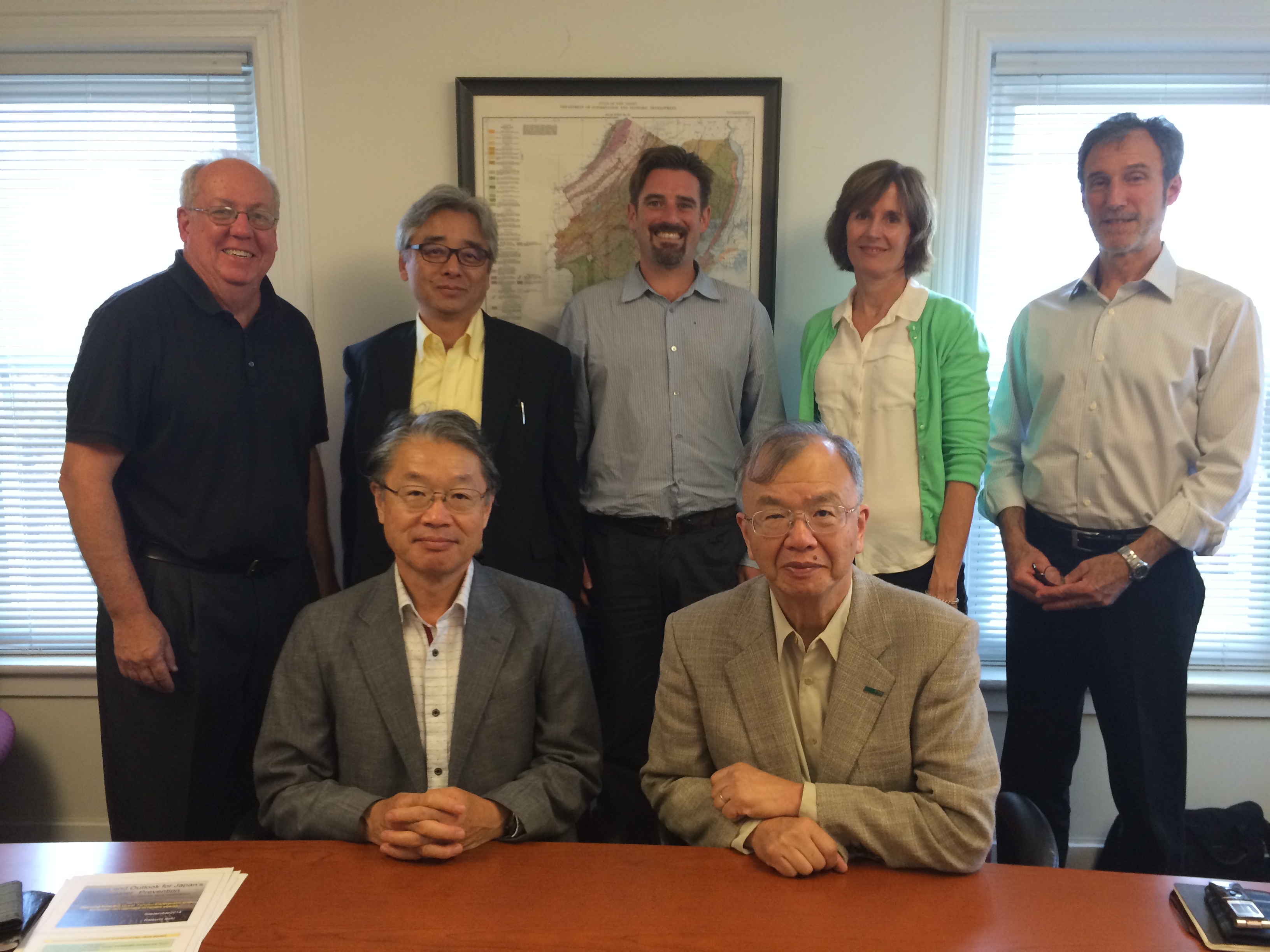New Jersey Future Blog
25 Years of Smart Growth in New Jersey
November 8th, 2012 by Peter Kasabach
 Redevelopment on the rise: The 204 New Jersey municipalities that were at least 90 percent built-out as of 2002 accounted for a full one-third (33.6 percent) of all residential building permits issued statewide between 2000 and 2009. This represents a dramatic shift toward redevelopment compared to the 1990s, when the same municipalities made up only 15 percent of statewide residential building permit activity.
Redevelopment on the rise: The 204 New Jersey municipalities that were at least 90 percent built-out as of 2002 accounted for a full one-third (33.6 percent) of all residential building permits issued statewide between 2000 and 2009. This represents a dramatic shift toward redevelopment compared to the 1990s, when the same municipalities made up only 15 percent of statewide residential building permit activity.
- Urban areas growing: Hudson County, the most heavily urbanized and densely populated of the state’s 21 counties and home to Jersey City, Hoboken, and Bayonne, now has as large a population as it has had in any decennial census since 1950. In Middlesex County, New Brunswick has more residents today than at any time in its history. Its population grew 13.6 percent from 2000 to 2010, triple the statewide rate of 4.5 percent.
- Transit use expands: In 1987, New Jerseyans took about 23.8 public transportation trips per capita. In 2011, the per-capita number of transit trips rose to 28.8. As of the 1990 Census, New Jersey boasted a 9.0 percent rate of transit commuting, the third highest rate in the country after New York and Illinois. As of the 2010 one-year American Community Survey estimates, that number had risen to 11.2 percent, a big enough gain to displace Illinois from second place.
- Open space and farmland gains: As a result of state, local, and non-profit preservation programs, approximately 30 percent of New Jersey’s land area has been permanently preserved. New Jersey recently hit the impressive milestone of preserving 200,000 acres of farmland.
New Jersey Future: An Advocate for Smarter Development
As these numbers demonstrate, New Jersey has made significant progress in finding ways to grow smarter. Twenty-five years ago a diverse group of citizens interested in helping the state do a better job of balancing economic growth, environmental protection and social equity convened the New Jersey Growth Management Conference at Princeton University. The conference emphasized the importance of the recently passed State Planning Act as a tool to direct growth, and it laid the groundwork for the formation of New Jersey Future, a new not-for-profit organization that would champion state planning and future-oriented land development and preservation policies.
New Jersey Future became an advocate for an end to low-density, land-consumptive, car-dependent, “sprawling” development patterns, pressing for a shift in development investment toward the state’s already-built places – places where transit and other infrastructure already existed, where buildings and land had already been developed and could be redeveloped, and where growth could occur without jeopardizing the state’s remaining farmland and open space.
The evidence from the intervening 25 years points to some important successes. There has been a pronounced move toward reinvestment in older neighborhoods and commercial areas, focusing on replacing or repairing previously developed buildings or vacant lots in order to attract growth into existing communities and away from remaining open lands. Built-out places garnered a much larger share of total statewide building permit activity in the 2000s than they had in the 1990s. Transit ridership is up, both in absolute terms and on a per-capita basis, and significant gains have been made in open space and farmland preservation.
Celebrating 25 Years
Over the last 25 years, policymakers at all levels have looked to New Jersey Future’s expertise as they have worked to fulfill the goals of the State Planning Act and the promise of the first State Development and Redevelopment Plan – to create “communities of place.” On Sunday, Nov. 18, at its 25th Anniversary Celebration, New Jersey Future will celebrate 25 years of non-partisan research, policy analysis, education and advocacy in pursuit of smarter growth in the Garden State. The event, in the newly built Gateway Transit Village Tower, will include cocktails and light hors d’oeuvres, and will offer marvelous views of downtown New Brunswick, the Raritan River and the Old Queens section of Rutgers University.
The successes New Jersey has achieved are the result of the efforts of individuals in many capacities, including those who have served on New Jersey Future’s Board of Trustees. We will celebrate their many contributions and recommit ourselves to their vision for New Jersey, and we will honor five New Jersey leaders – John J. Heldrich of Johnson & Johnson; Clement Price of Rutgers Newark; former New Jersey State Treasurer Feather O’Connor Houstoun; David Moore of the New Jersey Conservation Foundation; and John Sheridan Jr. of Cooper Health Systems – who have helped shape the state’s development for the better. We invite our current and future friends to join us.















